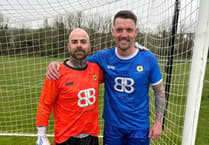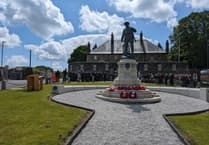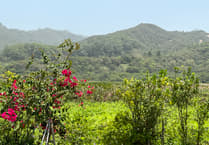A SERIES of events will take place throughout the autumn to celebrate the re-opening of Royal Cornwall Museum’s Mineral Gallery.
“Cornwall, Mexico and Mars” will feature five events running from September to December, exploring the gallery in new ways including biosonic haptic stone massage and movement-led artwork.
The gallery reopened in July following an extensive transformation, made possible thanks to £476,000 funding from Truro’s Town Deal Board and Cornwall Council.
On Thursday, September 19 at 6pm, Dr Sharron Schwartz, a specialist in Cornish mining migration, will share her work on Cousin Jacks in Mexico.
Award-winning sound artist Justin Wiggan will host a free half-term event, Stone Tones, on Monday, October 28 from noon to 6pm. Participants will wear haptic backpacks delivering physical vibrations synchronised with the soundscapes generated by the museum’s geological collection.
The experience, known as biosonic haptic stone massage, has been shown to offer wellbeing benefits such as relaxation and stress reduction. Each session lasts 10 minutes and accommodates three people.
On Thursday, November 7 at 6pm, dancer and choreographer Kyra Normal will lead attendees through her Deep Time Moving artwork, experiencing practical listening, writing and gentle movement tasks in response to the geology of the Lizard Peninsula.
Alex Jones, a student collaborator on the NASA Perseverance rover mission, will unlock the secrets of the Jezero crater, the site of an ancient Martian lakebed, on Thursday, November 14 at 6pm; and minerologist Tom Cotterall presents the historic Rashleigh Collection on Thursday, November 21.
Finally, on Thursday, December 5 from 6 to 9pm, Stone Club will take over the mineral gallery, taking a deep dive into the Cornish landscape and the minerals that inhabit it through conversations with experts and artists.
The Royal Cornwall Museum’s mineral collection is world-renowned, with several rare specimens and Bronze Age tools recently carbon dated to support growing evidence that tin workings were taking place in Cornwall over 3,600 years ago.
Exhibitions and events officer Daisy Newburne-Munn said: “These events encourage visitors to engage with the collection through a different lens, including experiential events that explore our rocks and minerals more deeply.”
Learn more and book at royalcornwallmuseum.org.uk/mineral-series




